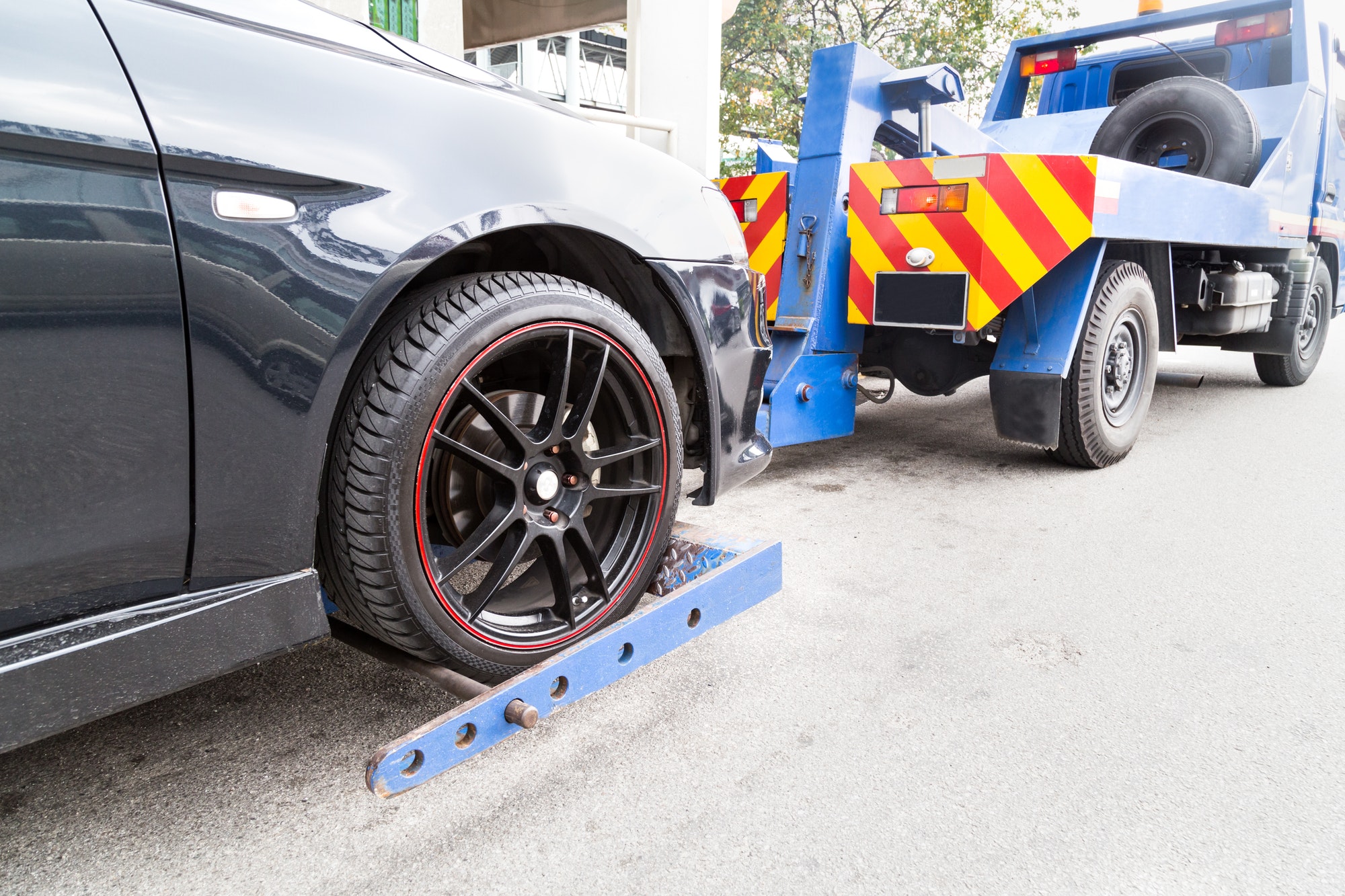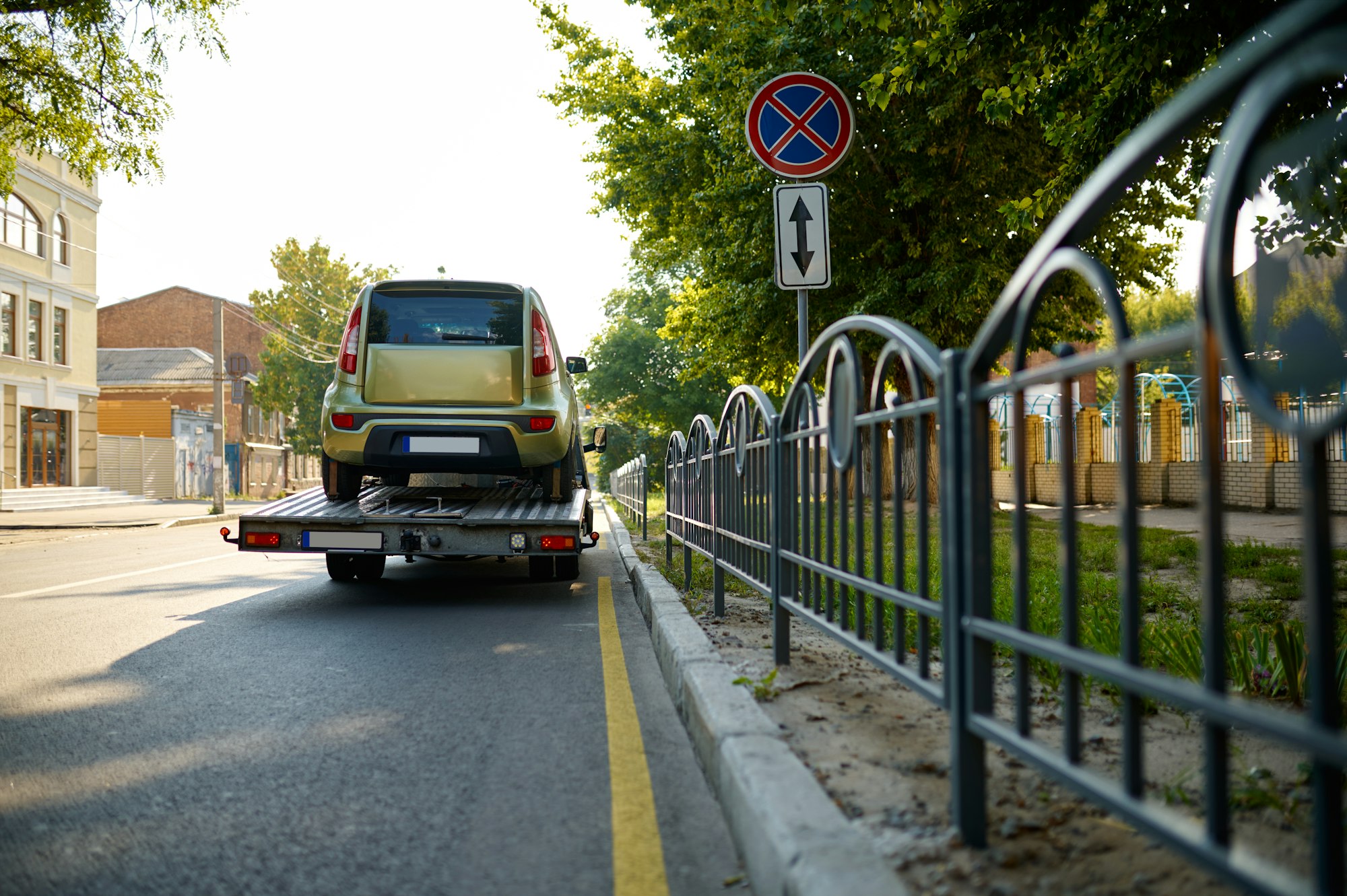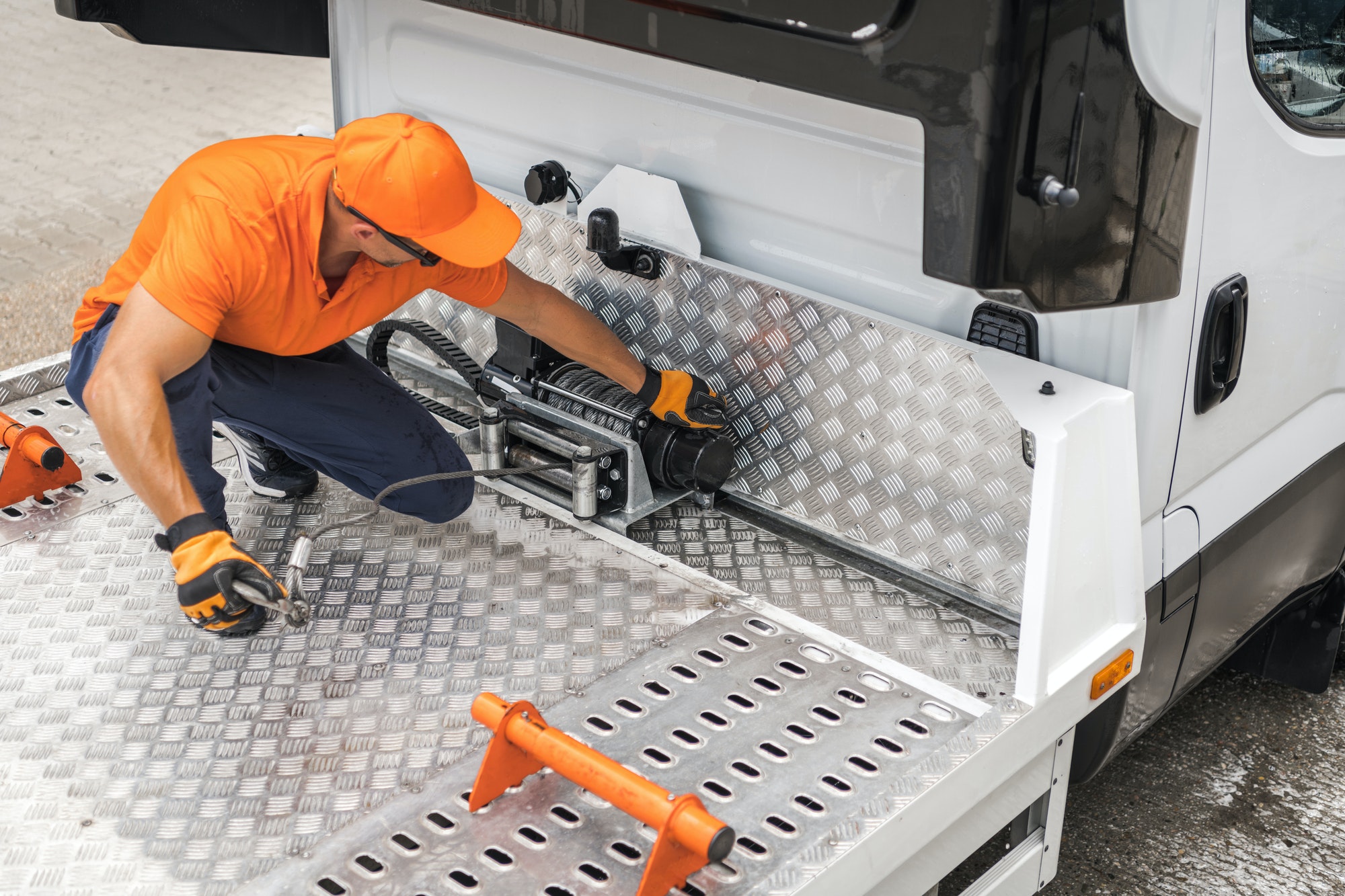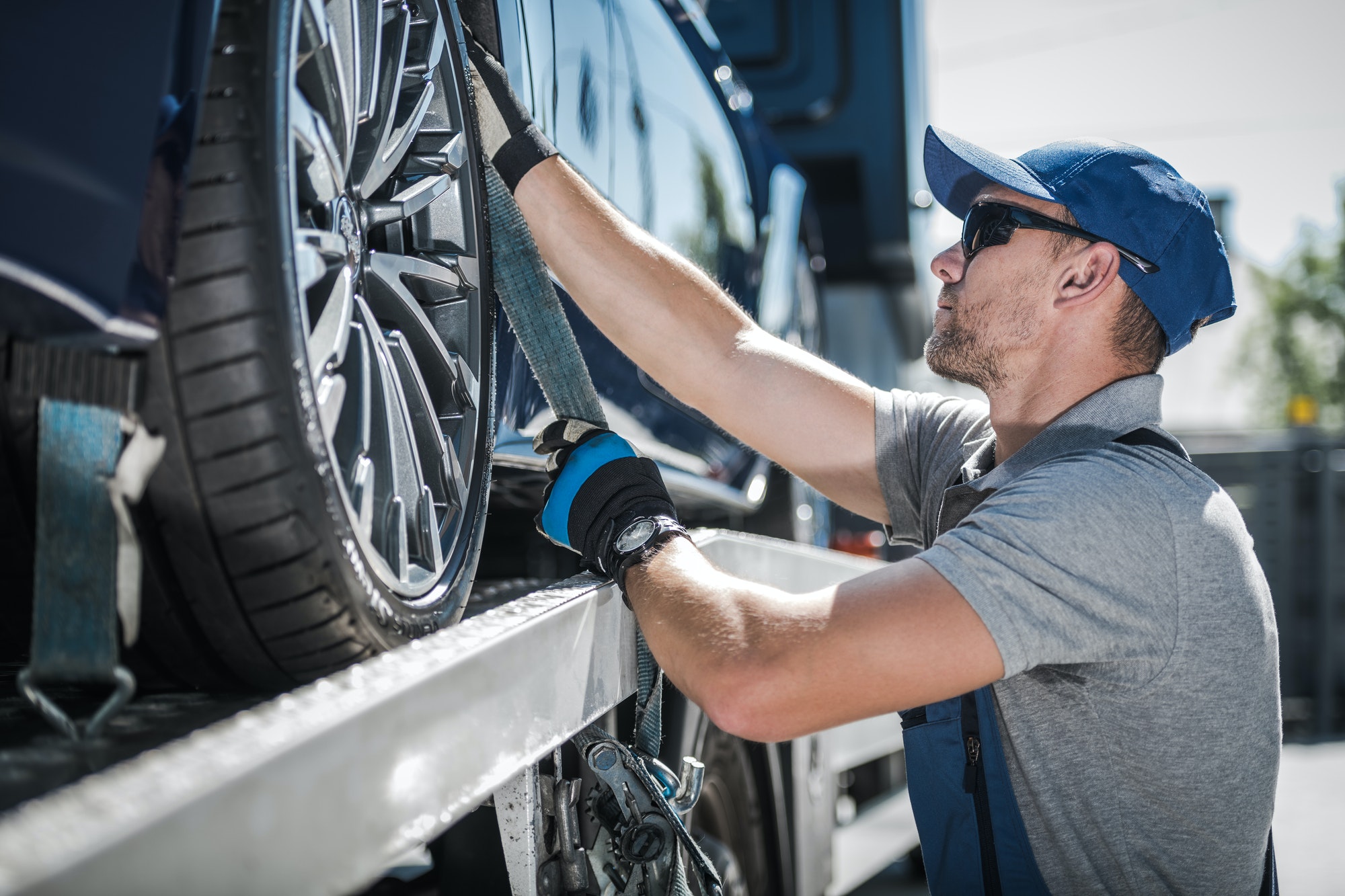A car is frequently regarded as a teen driver’s first taste of freedom. However, fixing your flat tire, especially for long-distance trips, requires relevant knowledge and roadside assistance flat tire.
Table of Contents
ToggleIn some cases, a flat tire is hard to detect by an amateur driver. You may have driven to your destination with a flat tire even without noticing it because they don’t come up with the “boom” sound we see in the movies.
Even if it doesn’t, your acceleration seems off and slow. You may think that your brakes are engaged while they are not.
In the above circumstances, you might experience a flat tire. The best you can do now is to pull over on the side of the road to detect the issue. Don’t panic; we will provide information on roadside assistance flat tires to resolve the issue.
Roadside Assistance Flat Tire Solution Steps
The following are the roadside assistance flat tire solution steps to resolve the issue.
Acknowledging That You Have a Flat Tire
Suppose your car’s tire turns flat while it is parked. You will soon recognize it as you encounter the motor vehicle, and initiatives can be required to exchange or change the tire on that particular spot. On the other hand, if your car starts to lose tire pressure, the tire pressure monitoring system will most likely alert you with a reduced air pressure caution on the device panel (TPMS).
A faulty structure will be identified; if there is a significant variation in vehicle speed and driving response or if the vehicle leans or sags to one side, this might be a big problem.
In such conditions, do not hit the brakes; instead, gently reduce your speed and drive your car to the roadway surface or, if available, close exits, side roads, or parking lots. The further away from the traffic you can get, the better.
After parking, put the motor in the park and apply the brake. Place traffic flares, cones, or a reflective triangle to signal to other drivers that you are working on a disabled car and that they should slow down and allow you more room.
Removing your vehicle’s spare tire, jack, and other equipment is safe. An SUV has no universal location for the jack and extra tires. They are commonly seen in the truck bed or the cargo compartment’s side panels.
Spare tires can be stored in or beneath the car; some even have full-size spares, while the majority have a smaller area space; sportier versions may not have a spare tire and may even have a sealer and a small tire inflate.
As a response, owners must study their owner’s handbook and note where their unique car’s spare tire, jack, and other necessary equipment are located.
Placing a Jack
Each vehicle has a designated location where the jack may be securely installed. They are typically seen directly behind the tires or next to the back wheels. They are usually distinguished by a round or rectangular steel plate that emphasizes the position of the jacking responsibility.
Never place the jack against a plastic or random spot along the low sills. Doing so risks negatively affecting the body panels by attempting to defend the vehicle’s weight on a non-reinforced area.
In addition to putting the car in neutral and applying the parking brake, a wheel chock is recommended. While professionally manufactured wheel chocks are generally available, a stone, block, or 44 pieces of lumber will serve in an emergency.
For instance, if the driver’s side tire is flat, place a block at the front of the exact front tire or both front tires if you have two. Apply the same logic to the other side. Reverse the method if you have a front tire flat.
Once you’ve determined that the automobile is static and the jack is in the appropriate place, raise the jack to establish physical contact, but do not lift the vehicle.
Taking out the Flat
Loosen and eliminate the lug nuts in a diamond shape around the wheel with the lug nut monitoring tools included in your jack kit, using the vehicle’s mass to keep the wheel from rotating. After you’ve broken off all the lugs, use a jack to raise the tire off the ground. It is understood that an adequately inflated full-size spare would need a bit of extra clearance to install, so make room.
Maintaining a jack riser in the car is a good idea, and positioning it underneath the vehicle in an appropriate place gives extra safety while the car is in the air. Put the lug nuts in a safe place before you’re ready to install the spare.
One of the lug nuts may be a wheel lock. It will stand out from the crowd. You’ll need to use some other tool from your toolbox to eliminate it.
You can store the flat car tire after removing all the lugs and wheel locks. Please do not attempt to load it or other tools or products into your trunk while the car is raised on the jack.
Putting in the Spare
Lift the spare tire, place it on the lugs, and secure it in a star pattern with the lug nuts. Do not over-tighten the lug nuts, which might damage the lugs or the wheel.
Lower the car to the floor and disconnect the jack after the spare tire is correctly fitted. Tighten all the lug nuts one further time with the car’s weight on the tire to ensure they are firmly linked.
Using a tire pressure tester, verify the extra tire’s pressure and add or remove air towards the needed level if you have a mobile compressor.
Steps to Take Right Away
You’re ready to depart when you’ve stored the flat, the jack, and the tools–but not very far or too fast. The bulk of spares are small, space-saving “donuts” rather than full-size replacement tires.
They usually have top higher speeds of 50 mph and ranges of approximately 50 miles. You must travel to a nearby tire shop or a service station as soon as possible to get your tire either replaced with a new one or repaired, and then switch the spare and keep it in your trunk for the next time you need it.
The contact information of a reputable roadside assistance service may be the right tool for motorists who know their respective limitations or don’t want to get their fingers muddy. Roadside assistance plans offered by several vendors, including AAA, Better World Company, Allstate, and Progressive Insurance, could provide extra security for even the most experienced driver.
Driving on a Flat Tire
Whether you had a flat tire due to a rogue nail, a pointy rock, or other danger, according to roadside assistance flat tire, one thing is sure: “Driving on a flat tire is a major inconvenience.”
Driving with a flat tire may not be a problem, especially if you are traveling a small distance to a repair shop. On the other hand, going on a flat tire is unsafe and can result in severe damage to both your tire and your vehicle.
How to Prevent a Flat Tire
A flat tire may occur to everyone, but there are certain things you can do to avoid getting one in the first place.
Here are some pointers to help keep your es in good condition and avoid a flat.
Keep Your Tires Inflated
Roadside assistance flat tire says it is essential to keep your tires inflated at the proper air pressure to avoid flat tires. Again, don’t overlook tires that need air and don’t saturate them; each of these errors might result in a flat tire.
Assess Your Tires for Uneven Wear
Even if you buy four new tires simultaneously, they will sometimes wear out differently. When one of your tires is subjected to more excessive wear or strain than the others, it is much more liable to lose air.
Avoid Worksites
Driving on spikes or other sharp things is an easy way to destroy your tires. Because these things are widespread on worksites, try to avoid using these routes as much as possible.
How Far Can You Drive on a Flat Tire?
When you encounter a flat tire while driving a car and your destination is a long distance away, the first question that will pop up in your mind will be, “How far can you drive on a flat tire?”
Tires can gradually deflate due to perforation or weak valves or suddenly blow out on the spot. Getting your tires back in shape as soon as possible would be best. Make sure you travel no more than 1.5 miles per hour and 20 mph — it’s the only way to ensure your tire survives this catastrophe.
Flat Tire at Night
You have a few alternatives for dealing with a flat tire at night. Even if you’ve never encountered this difficulty before, gathering knowledge is critical since it will assist you in understanding what to do about this case.
According to roadside assistance flat tire tips, you should stop moving and park your automobile in a secure spot. Then it’s a big blessing if you’re technically proficient and have the proper gear and spare tire on hand.
On the contrary, having a flat tire at night can make you wonder if you need to be technically savvy. Stay calm. Roadside Assistance Flat Tire has to tell you what to do!
Call a Friend
If you’re unsure about changing your tire, ask a family member or friend to assist you. You’re sure to know someone who can install a spare tire, which might save you money on hiring a roadside assistance flat tire.
Call Roadside Assistance Flat Tire
Calling a friend might not be an option if you’re traveling late at night or the vehicle doesn’t have a spare tire. Emergency roadside assistance firms are available 24 hours a day, seven days a week, for drivers who encounter automobile problems at inconvenient times and locations. These services can be costly but effective.
Call Your Insurance Company
Contact your insurance provider. Some vehicle insurance companies collaborate with organizations that provide their members with roadside assistance flat tire solutions. If you aren’t sure who to call, they will, at the very least, be able to propose a service.
FAQ (Frequently Asked Questions)
What Is Roadside Assistance?
Roadside help is a solution that can save your life. It enables you to request assistance when you want it, whether it is Roadside assistance flat tire or you don’t have a jack or spare wheel. Roadside assistance provides all possible solutions to your issue.
Why Don’t I Have a Spare Tire?
Roadside assistance flat tire tips enlighten us that automakers choose not to put a spare tire on their current cars to enhance fuel efficiency. The absence of a spare tire decreases the total vehicle weight, lowering the gasoline consumed while driving.
Some businesses provide a tire inflation kit instead of a spare tire if you acquire a flat tire.
How Far Can You Drive on a Flat Tire?
According to roadside assistance flat tire, you should not drive more than 1.5 miles per hour and should not exceed a speed of more than 20 mph.
How to Use a Tire Inflating Kit?
A tire inflation kit can assist you in safely reaching a repair facility to obtain a replacement tire. Remember that this is only temporary; your tire should still be updated.
Following the roadside assistance flat tire, remove the tire valve lid, connect the sealant nozzle to it to use the tire inflating kit, and push the trigger to fill the tire with an air mixture and sealant.






